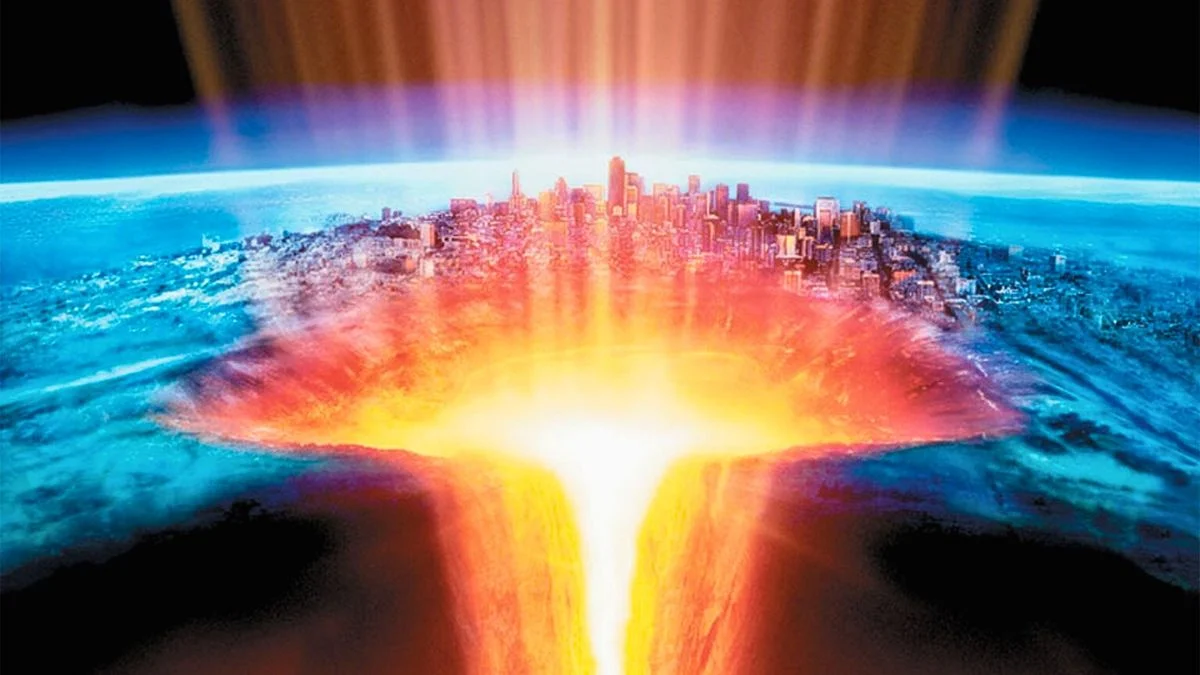
As a total movie buff, I’ve always noticed filmmakers love to explore huge concepts, and they often prioritize a good story over strict scientific accuracy. Let’s be honest, physics, biology, and even geology sometimes take a backseat to the spectacle! I’ve been curious about how much these movies *actually* get wrong, so I’ve started looking into some of the most common scientific issues that pop up. It’s fascinating to learn about the real science behind the fantasy, and it helps me enjoy the movie even more – knowing where they took liberties with reality!
‘Armageddon’ (1998)
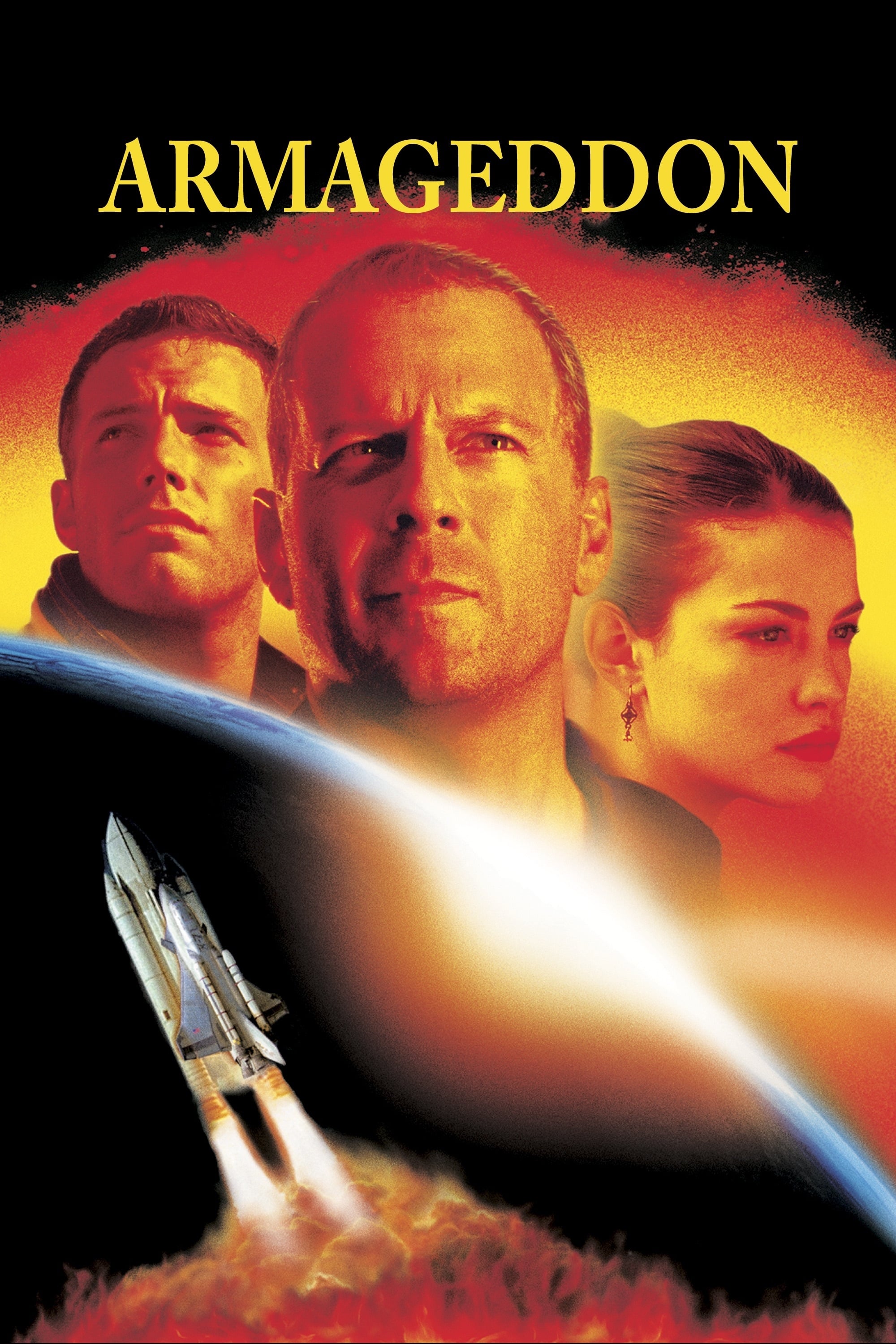
The movie portrays a Texas-sized asteroid as a solid object that could be broken apart with a nuclear bomb. In reality, most asteroids are more like loose collections of rock and debris, meaning a blast wouldn’t cleanly split them. The film also drastically shortens the time it would take to train oil drillers to become astronauts, and simplifies the complex processes of space rendezvous and landing far beyond what’s currently possible.
‘The Core’ (2003)
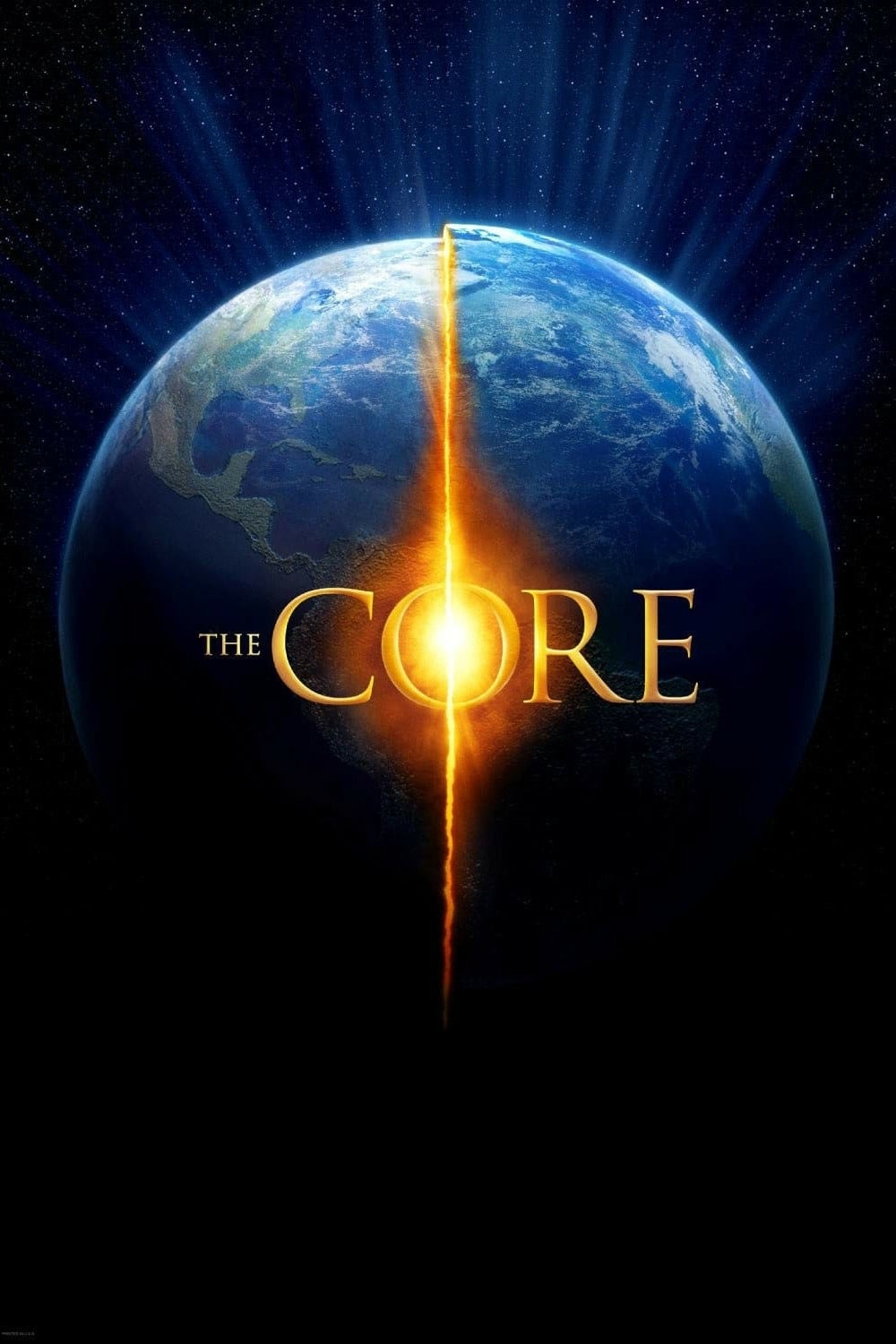
The idea of restarting Earth’s core using nuclear explosions doesn’t align with what we know about the planet’s structure. The amount of energy needed is far beyond our capabilities. Any underground vehicle built for this purpose would be instantly crushed by the extreme heat and pressure inside the Earth. And reports of electromagnetic interference affecting birds or medical devices are greatly exaggerated compared to what scientists have actually observed.
‘2012’ (2009)
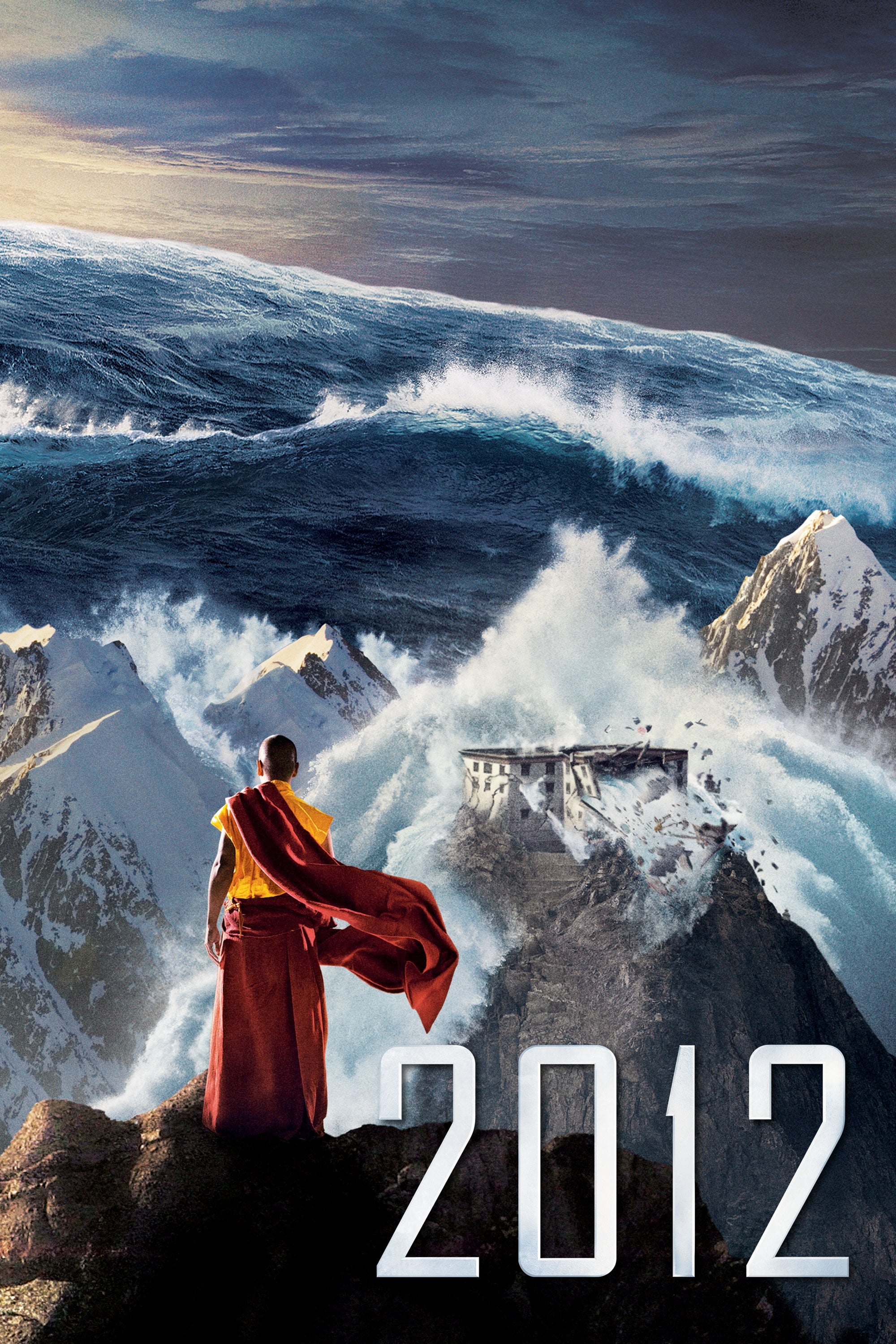
The movie shows solar neutrinos warming Earth’s core, which doesn’t align with how neutrinos usually behave. It also depicts plate tectonics happening incredibly fast – shifting in hours instead of the centimeters per year seen in reality. The film features massive tsunamis that break the laws of physics by surging over mountains, and it dramatically speeds up geological processes, compressing millions of years of crustal collapse into just a few days.
‘Geostorm’ (2017)
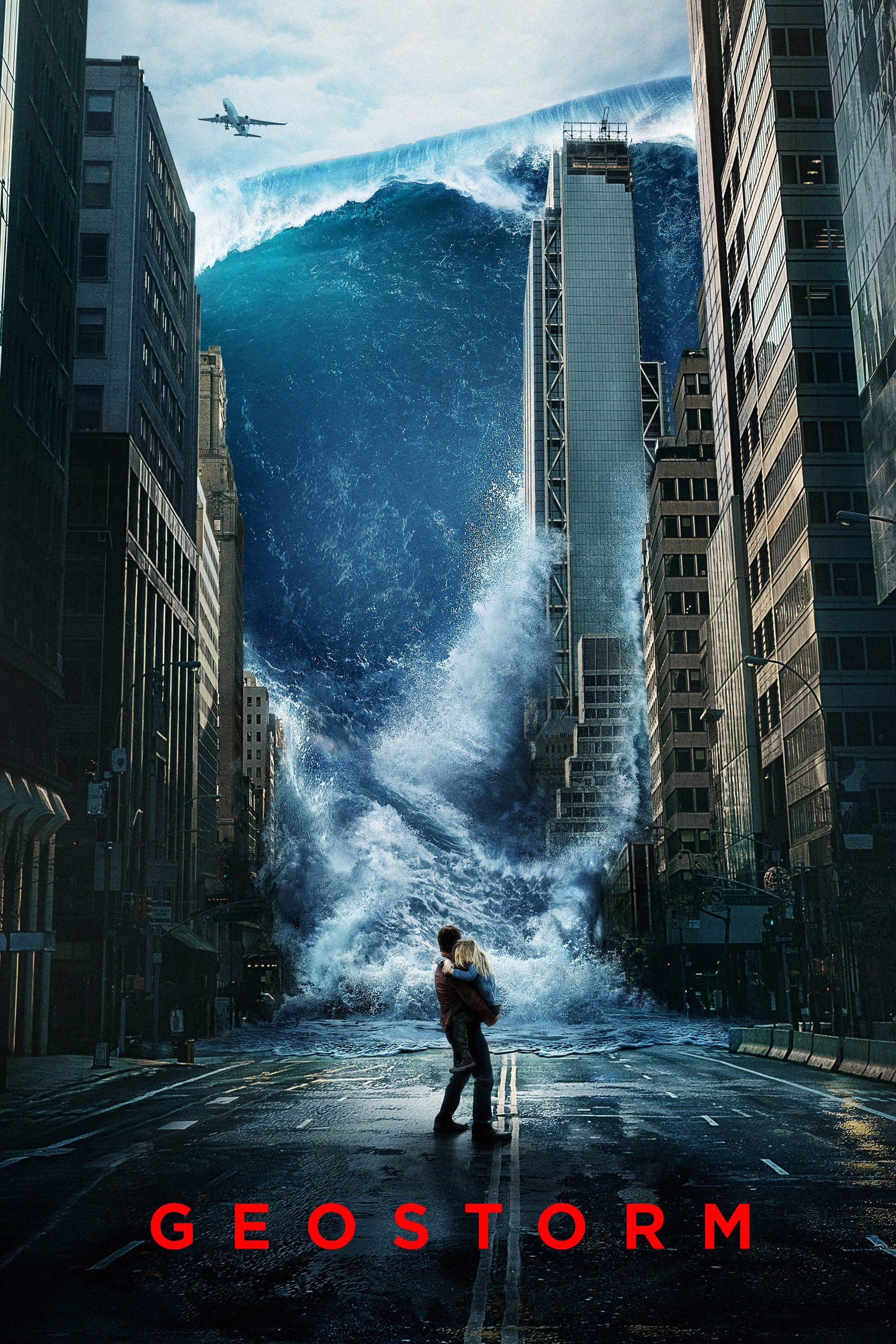
The idea of controlling the weather with a satellite network is currently beyond our capabilities. Weather is incredibly complex, relying on unpredictable interactions between the atmosphere and oceans – it can’t be precisely controlled. While some satellite arrangements might *seem* stationary, the physics involved – especially regarding energy and how regional climates work – are ignored in these scenarios, making such control unrealistic.
‘Moonfall’ (2022)
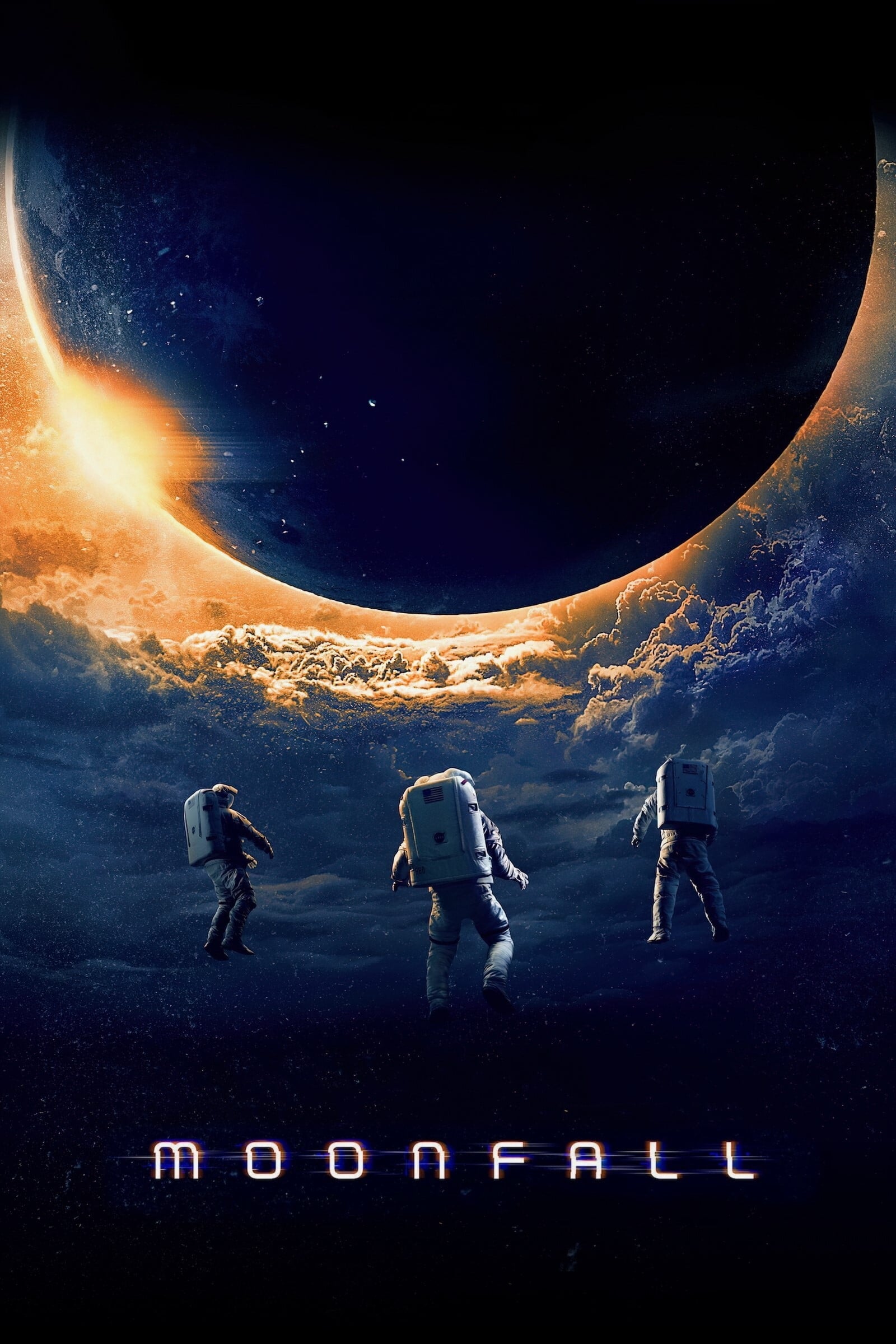
The movie’s depiction of the Moon as a constructed object doesn’t align with what scientists know about its internal structure and weight. If the Moon’s orbit shifted quickly, the resulting tides and space debris would have happened much sooner than shown. The film also overlooks essential details of space travel, like the need for life support and protection from radiation. Furthermore, the way gravity works seems to change inconsistently throughout the movie, ignoring basic physics.
‘The Day After Tomorrow’ (2004)
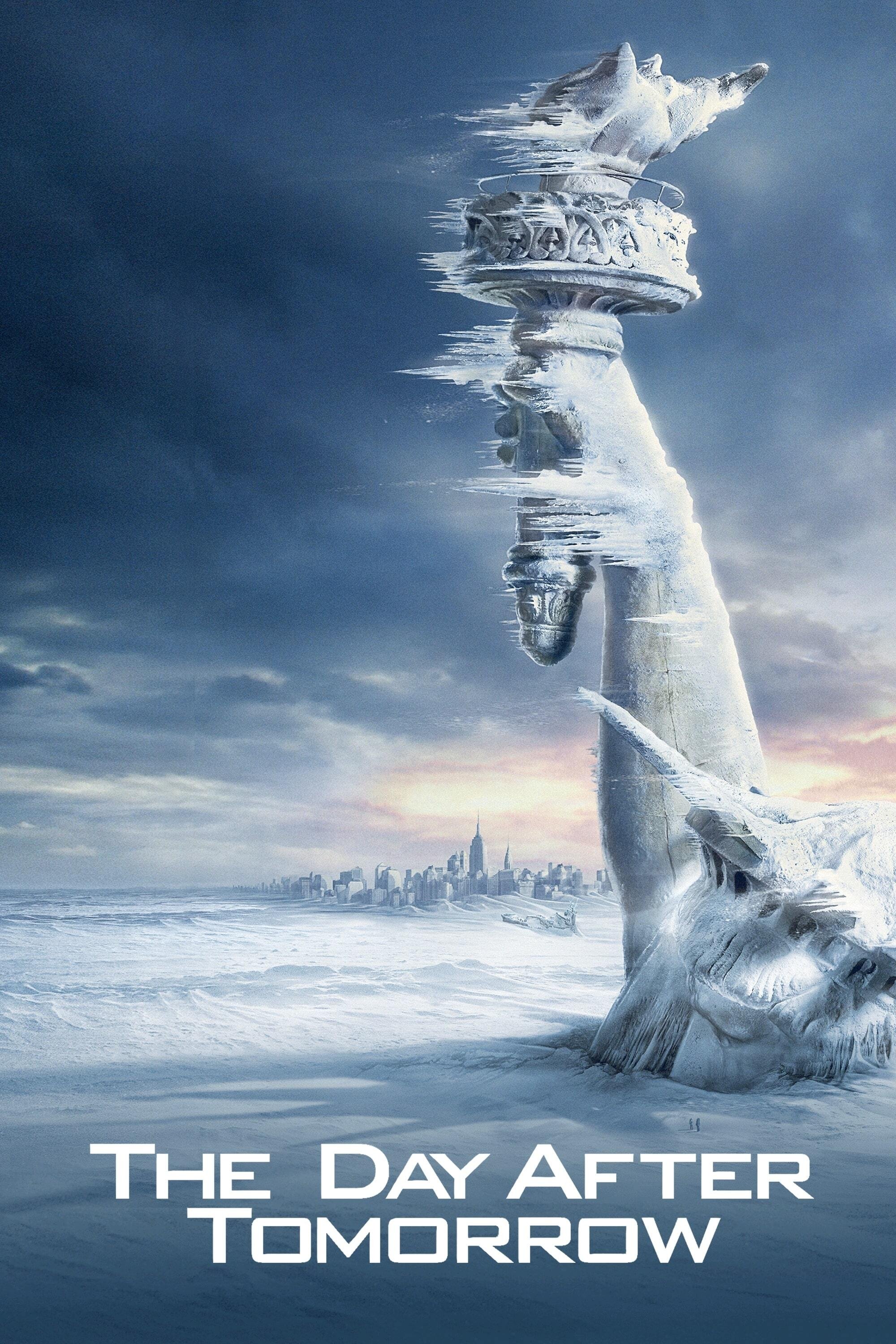
As a movie lover, I get that filmmakers sometimes take liberties with science for the sake of drama, but the way they showed the Atlantic circulation shutting down and instantly triggering an ice age felt… extreme. In reality, if something like that *did* happen, we’re talking decades for noticeable changes, and it wouldn’t be the same everywhere. Plus, those scenes with people being instantly frozen in superstorms? That just doesn’t mesh with how heat and temperature actually work. They really sped up the sea level rise and temperature changes to make it more visually impactful, which, okay, it *was* impactful, but not exactly realistic.
‘San Andreas’ (2015)
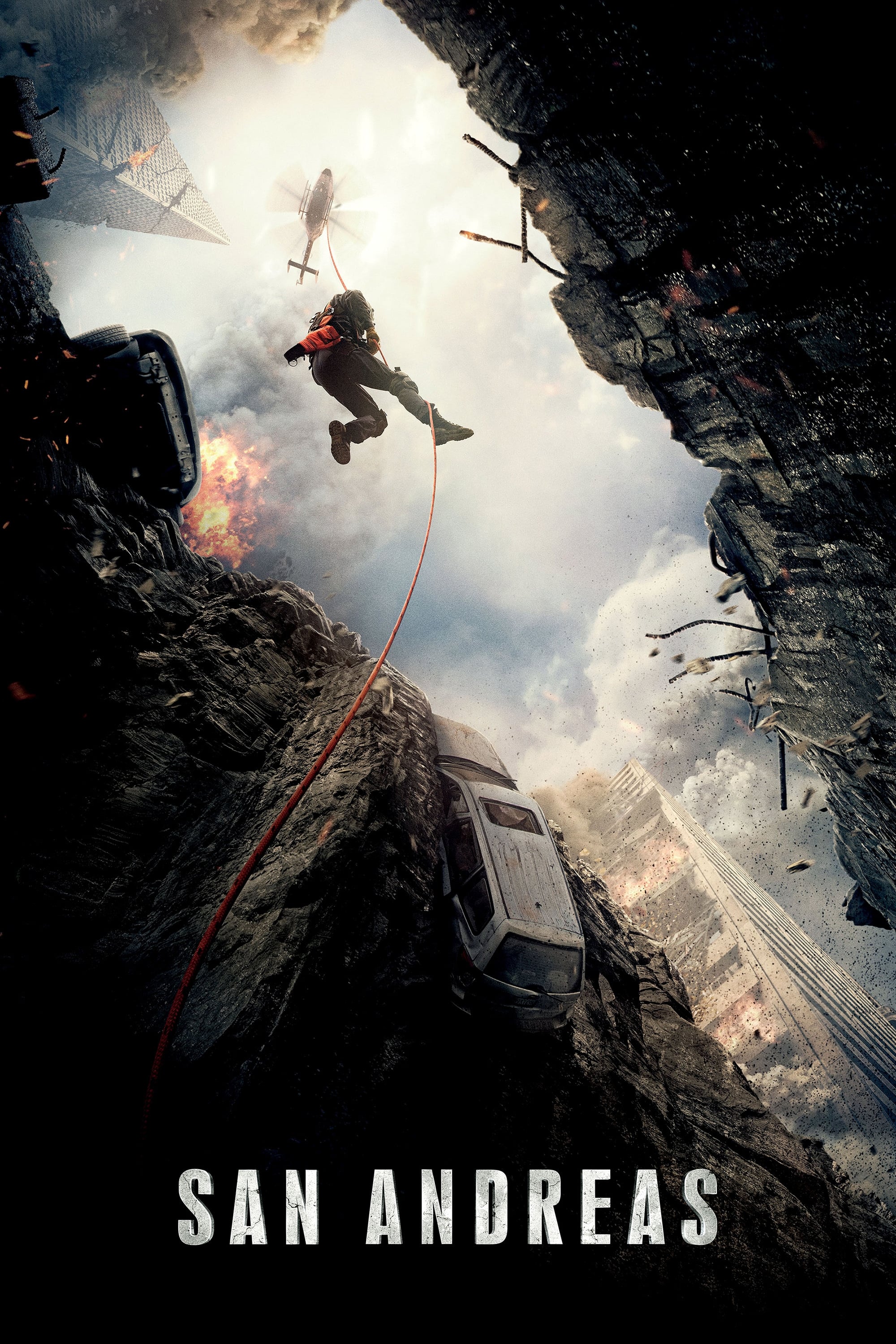
The San Andreas Fault moves side-to-side, so it doesn’t cause the strong up-and-down movement needed to create huge tsunamis near Los Angeles. Earthquakes don’t happen along the entire length of the fault at once. Currently, we can’t accurately predict exactly when and where earthquakes will strike. Also, some helicopter pilots are flying in ways that push their aircraft beyond safe operating limits, especially in cities with strong winds.
‘Volcano’ (1997)
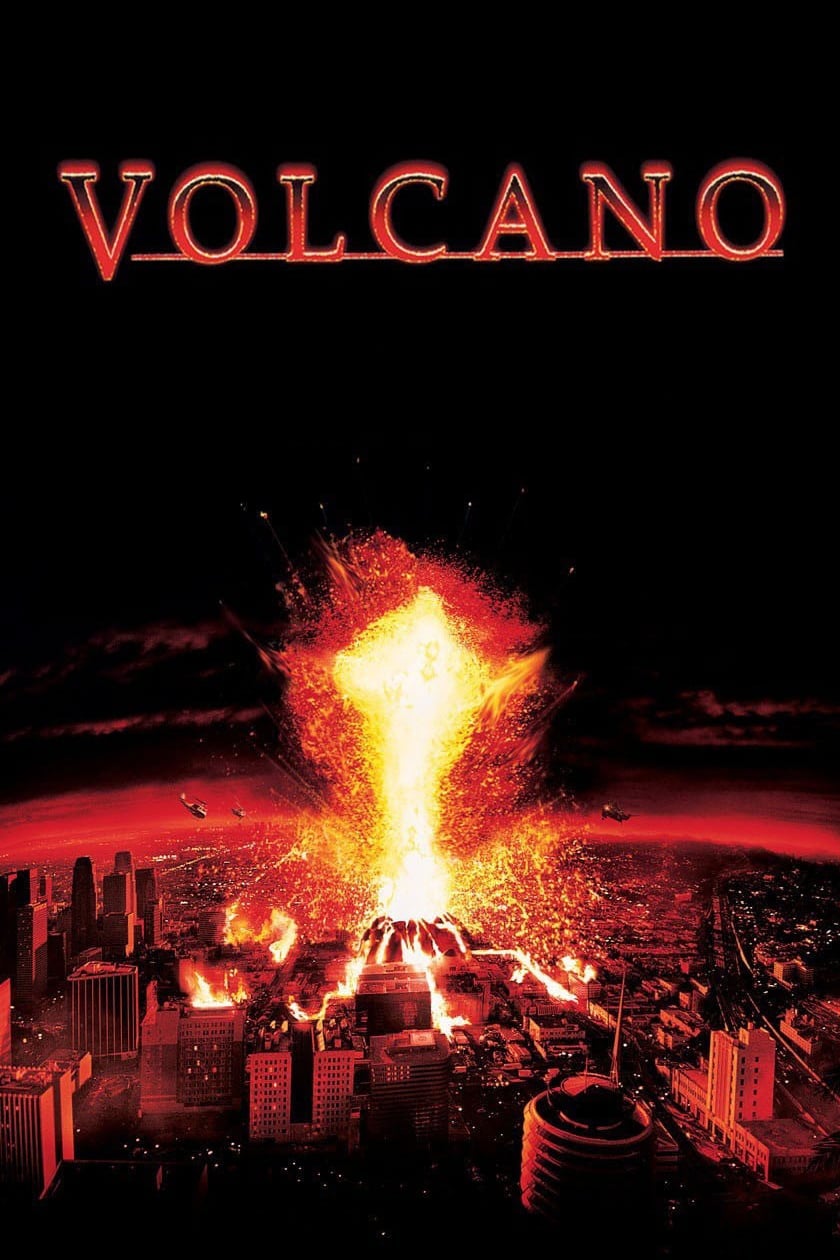
A volcano has unexpectedly erupted in downtown Los Angeles, even though the area isn’t geologically suited for volcanic activity. There’s no typical source of magma to explain it. The lava flows behave unrealistically, moving at speeds that don’t match how lava actually flows, and people are shown surviving dangerously close to intense heat that would normally be fatal.
‘Waterworld’ (1995)
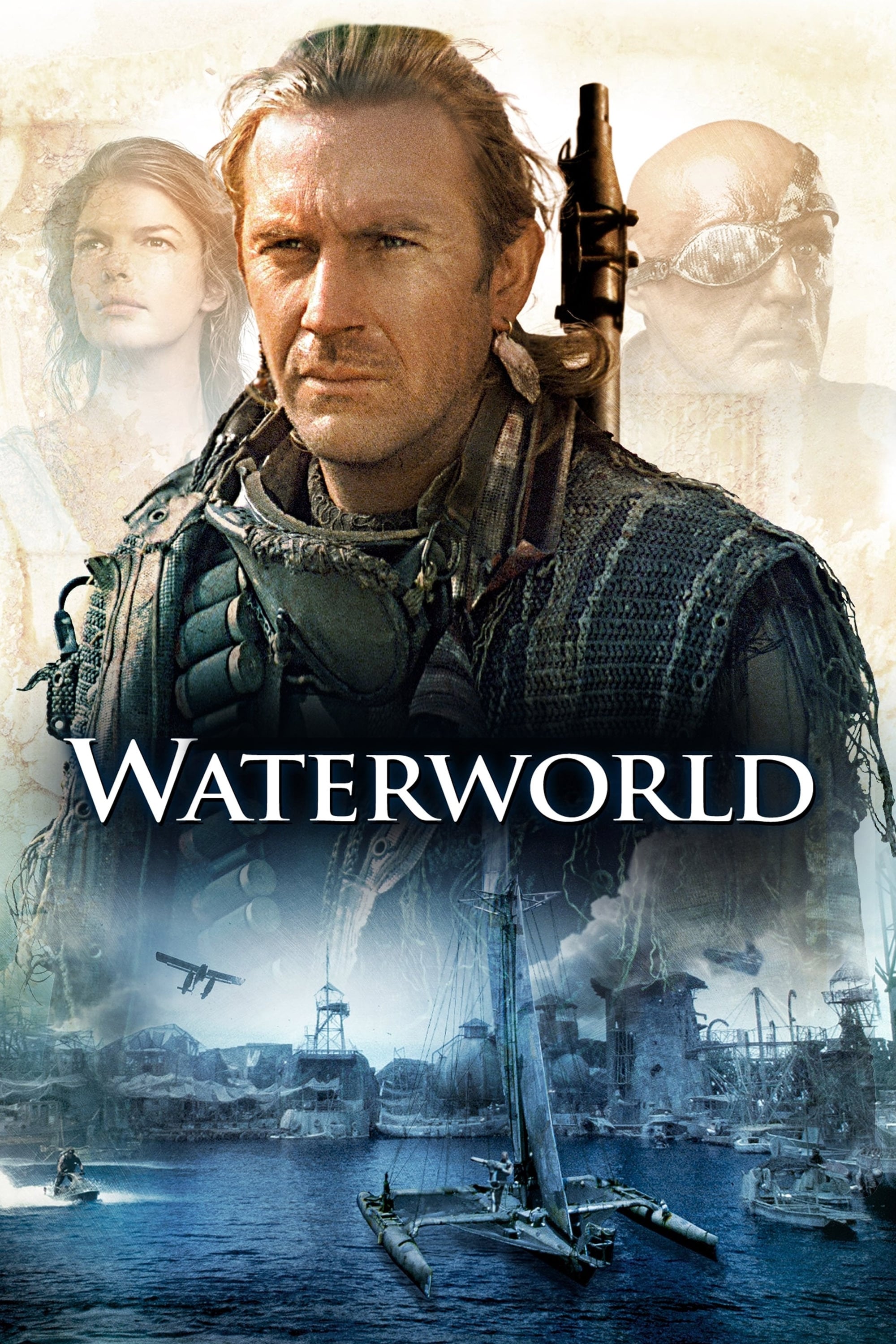
If all polar ice melted, sea levels would rise significantly—by many meters—but not enough to cover even the tallest mountains. The resulting changes in the ocean’s salt content and currents would create marine environments drastically different from what we see today. Surviving on the open ocean would require reliable ways to purify water, a challenge the current depiction doesn’t fully explore. The description of the environment also oversimplifies the limitations of the food chain.
‘Lucy’ (2014)

The movie relies on the popular but false idea that people only use 10% of their brains. Brain scans actually show activity throughout the brain, even during simple tasks. The film also portrays mental improvements as happening instantly, which isn’t realistic – real learning takes time and effort. Finally, the effects of brain chemicals on memory and how we see the world are dramatically overstated to move the story along.
‘Jurassic Park’ (1993)

Despite what you might see in movies, getting complete dinosaur DNA from mosquitoes trapped in amber isn’t possible because DNA breaks down over time. Even if we *could* get some DNA, building a complete dinosaur genome would need a lot more information than we currently have. And growing dinosaurs quickly, as shown in some depictions, would require incredibly complex biological processes and a significant amount of time. Finally, some of the ways dinosaurs are portrayed in media are based on older, now-disproven scientific understandings of their bodies and behaviors.
‘Jurassic World’ (2015)
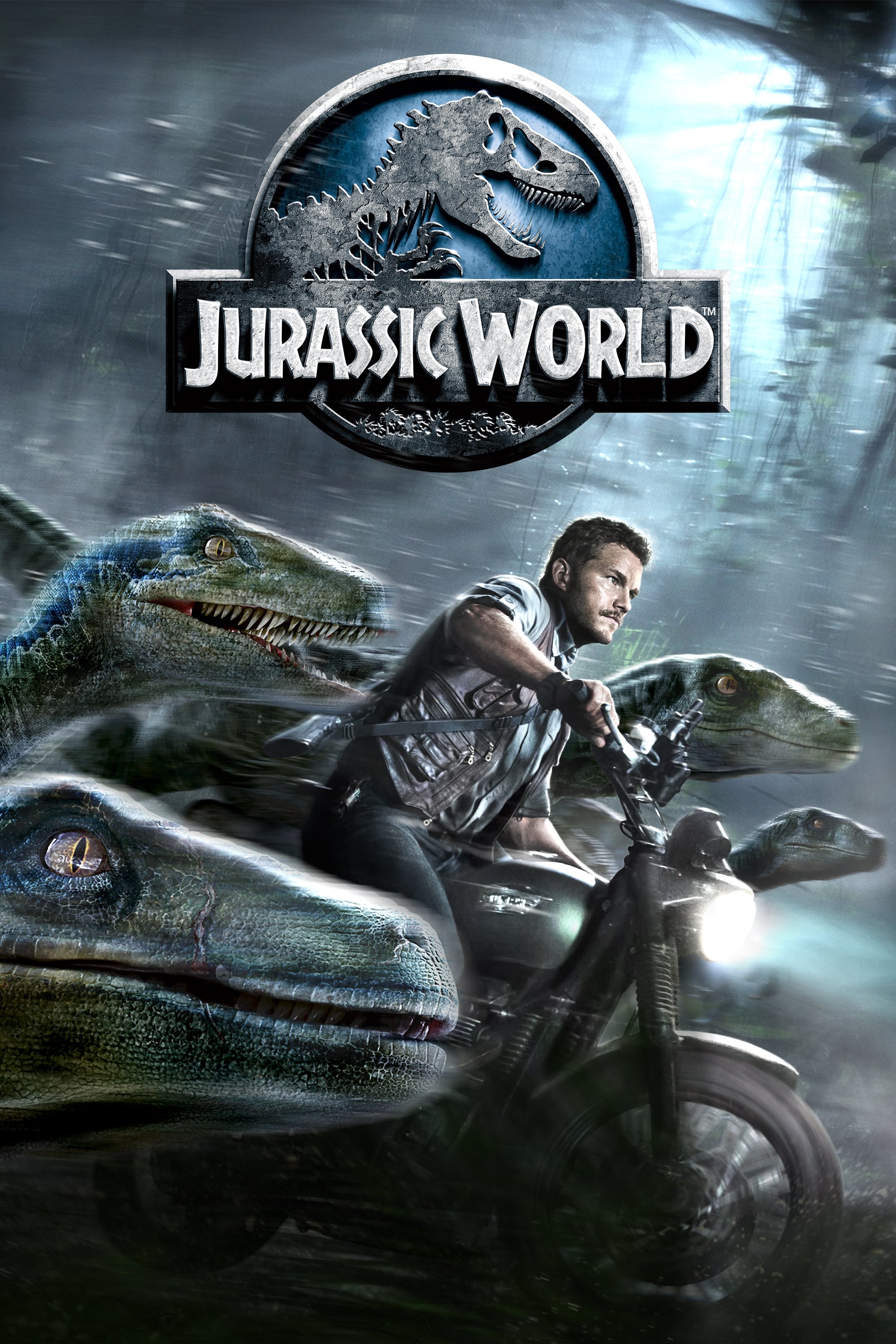
The movie portrays dinosaur creation as a simple pick-and-choose process, overlooking the complicated way genes actually work. It also shows dinosaurs being easily controlled with gadgets, which isn’t realistic considering how animal training actually works. The technology used, like heat sensors and tracking systems, doesn’t function as it should, and the way the dinosaurs are managed and kept contained is far simpler than what would happen in a real zoo.
‘F9’ (2021)

Someone tried launching a car into orbit around Earth, but they didn’t make the necessary changes to the engine or body. The car isn’t equipped to handle the harsh conditions of space – like the lack of air, extreme temperatures, and floating debris. It also couldn’t accurately navigate to meet up with satellites or control its speed. Plus, they didn’t consider the dangers of returning to Earth.
‘Sharknado’ (2013)
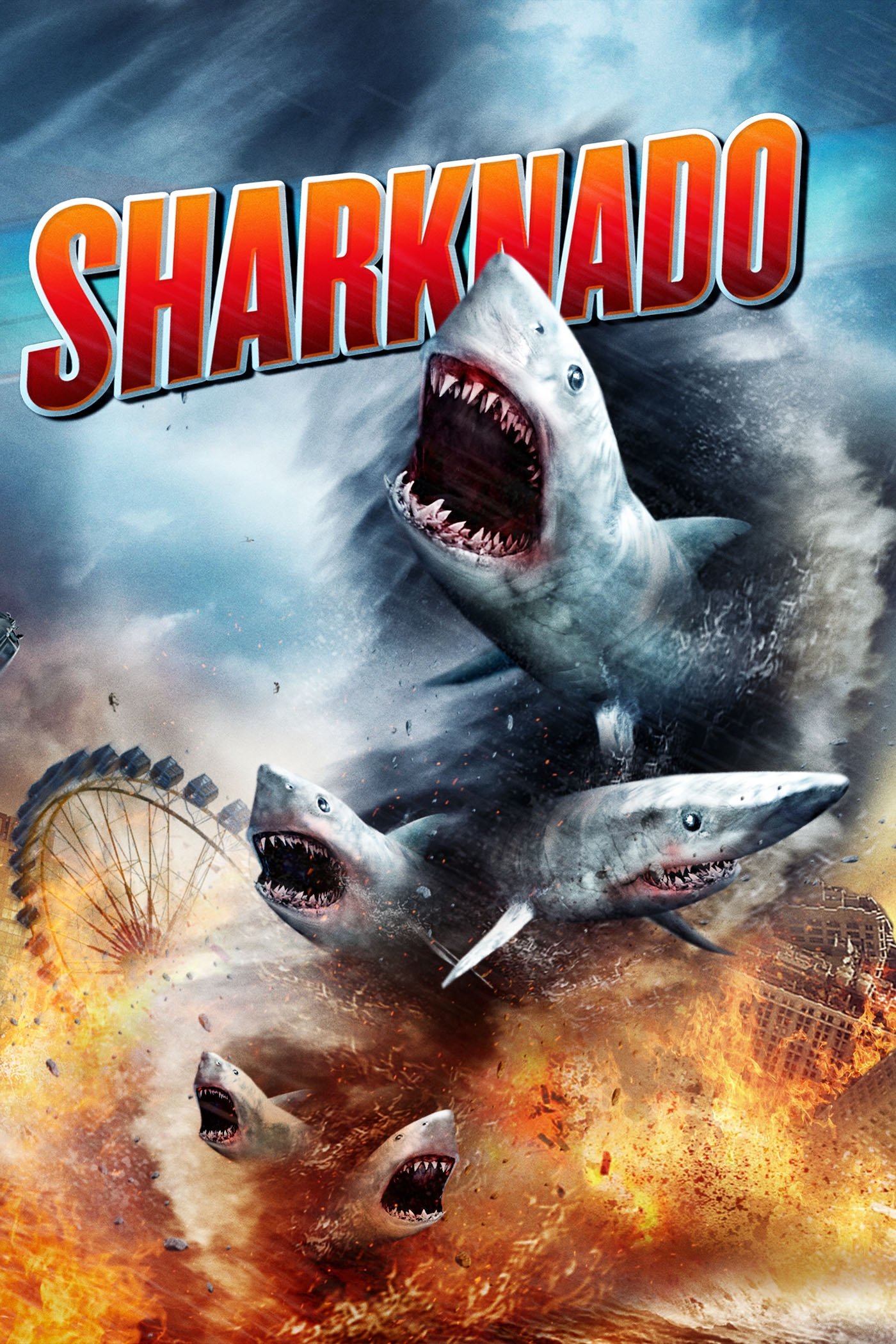
Tornadoes can’t carry large sea creatures for very long. Sharks, for example, need water flowing over their gills to breathe and wouldn’t survive being lifted into the air. The idea of objects or animals flying through the air after being thrown by a tornado doesn’t follow the laws of physics. And in many depictions, coastal weather is made more extreme than it actually is to create more exciting scenes.
‘Gravity’ (2013)
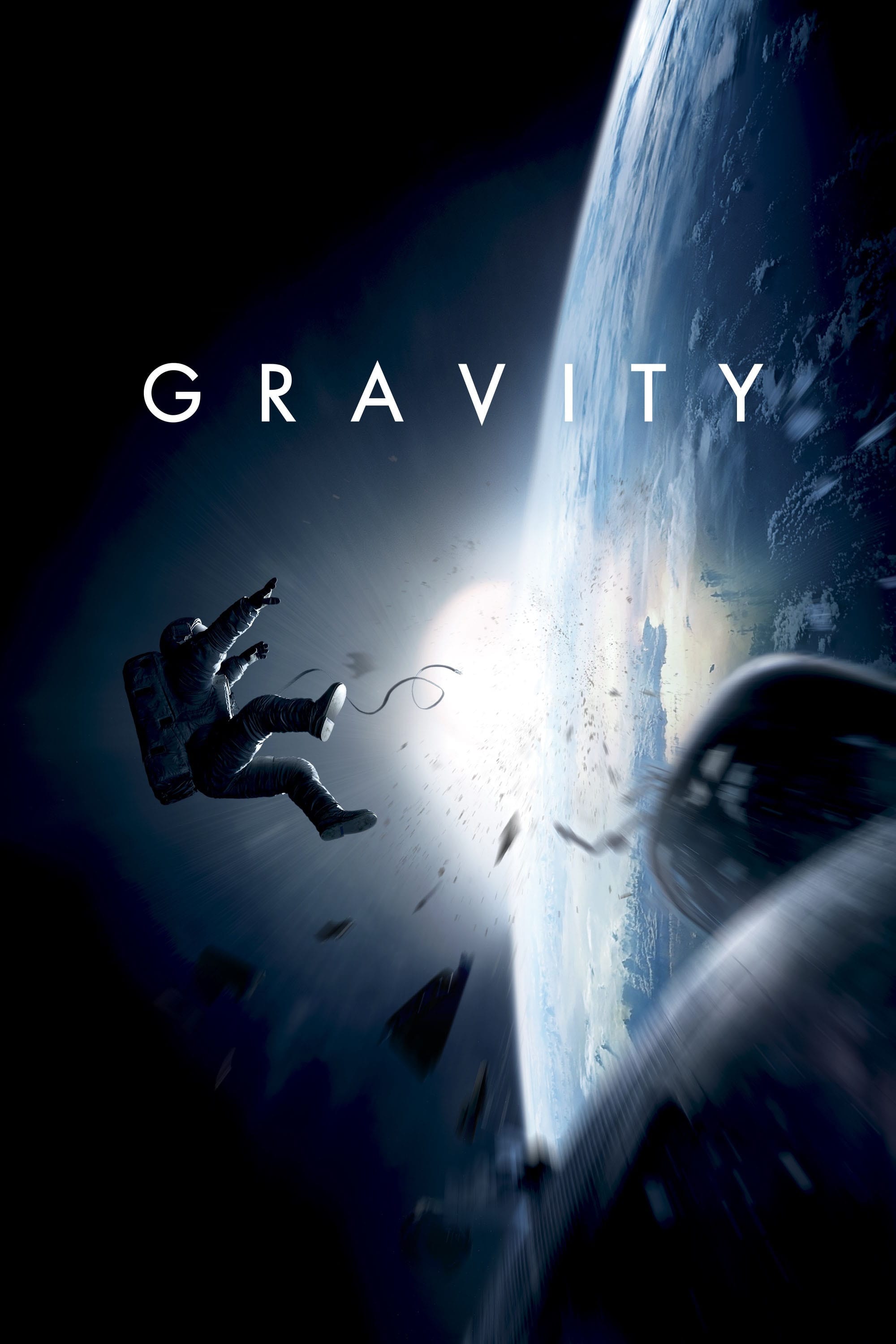
Although satellites in vastly different orbits sometimes seem close together, quickly moving between them isn’t possible. Changing orbital height and direction requires a lot of fuel. The spread of space debris is happening more rapidly than expected at those altitudes. And, for storytelling purposes, spacecraft re-entry and landing sequences are often shown in a shortened timeframe.
‘Star Wars: The Last Jedi’ (2017)

Science fiction space battles often include unrealistic details. For example, we hear sounds in the vacuum of space, and bombs fall as if gravity exists. Ships sometimes collide with each other at high speed, despite earlier scenes not showing such impacts. Also, we see things like fire and trails of smoke, even though space lacks an atmosphere to support them.
‘The Meg’ (2018)
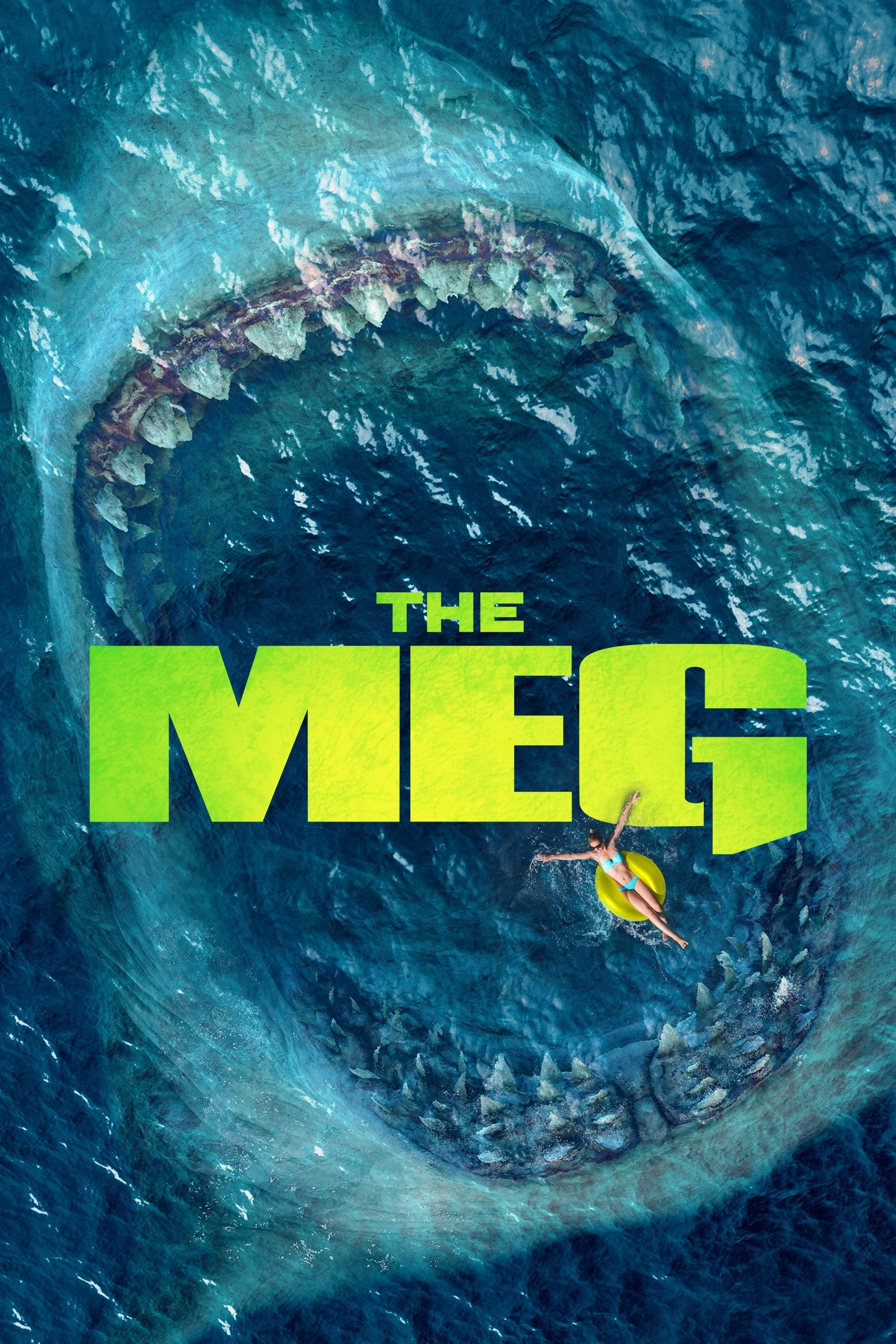
A real megalodon would need a reliable, deep-sea food supply that might not exist today. Its massive size would make it difficult to hide consistently within ocean temperature layers. The movie glosses over the extreme pressure changes at those depths, making it seem easier for the creature to move around. And tracking such a huge animal would require technology that isn’t shown in the film.
‘Godzilla’ (1998)

The movie’s giant creatures don’t have a believable way to get energy or support their massive size, as no natural process allows for growth on that scale. A reptile of that size moving through a city would also struggle with overheating and its own weight – issues the film doesn’t address. The creatures reproduce and their eggs develop much faster than is biologically possible. Finally, the surveillance technology in the movie isn’t as effective as real-world urban security systems.
‘Independence Day’ (1996)

The idea of infecting alien computers relies on them using communication methods similar to ours. The movie shows massive spaceships effortlessly hovering over cities without explaining how they stay afloat or get their power. It also dramatically speeds up the process of organizing a worldwide response, compressing what would normally take days into just a few hours. Visual effects, like explosions and shockwaves, aren’t always consistent in size and impact throughout the film.
‘Transformers: Age of Extinction’ (2014)

The substance known as transformium breaks the laws of physics by altering its mass and shape whenever needed. The film shows living things turning into metal instantly, without any realistic biological process. It also doesn’t explain where the energy comes from to allow for this constant changing of form. Furthermore, the robots created by humans in the film are far more advanced than anything we can currently build, and this isn’t explained.
‘Kingsman: The Secret Service’ (2014)

Devices implanted in people are portrayed as causing synchronized actions with an improbable signal, defying how the brain actually works. The dramatic visual effects of these devices, resembling fireworks inside the head, don’t align with what we know about the human body and how explosions work. The movie assumes these custom-made gadgets always work perfectly, no matter the situation. Finally, the idea of controlling these devices via satellite is unrealistic, given the limitations of current technology and available bandwidth.
‘Red Planet’ (2000)
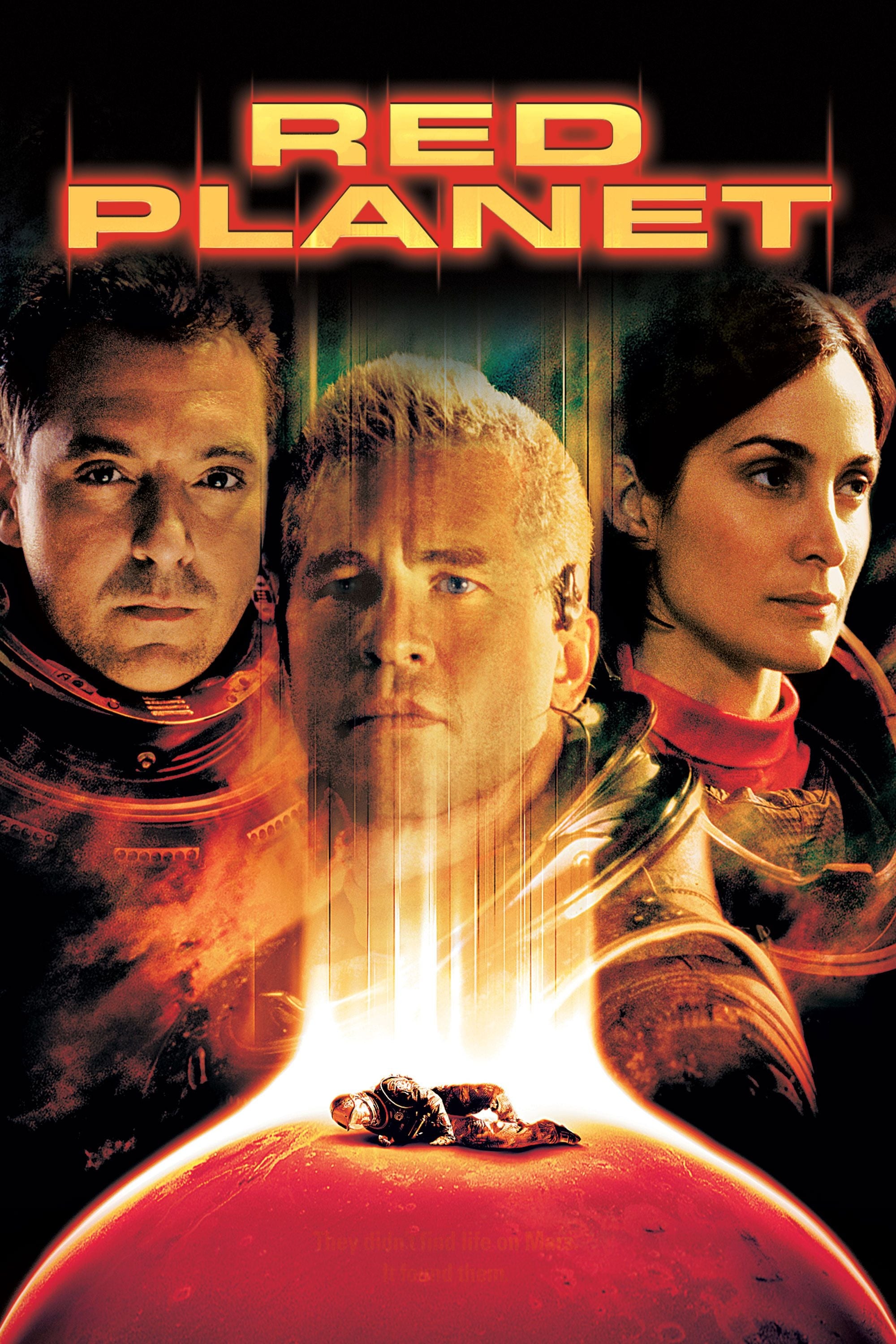
The movie’s quick transformation of Mars using algae doesn’t account for how the planet’s atmosphere escapes into space or the dangers of radiation. It shows breathable areas that wouldn’t be possible without consistent atmospheric pressure. The film also glosses over practical challenges like dust storms, extreme temperatures, and limited power, as well as the realities of communication delays and the timing needed for spacecraft orbits.
‘Mission to Mars’ (2000)
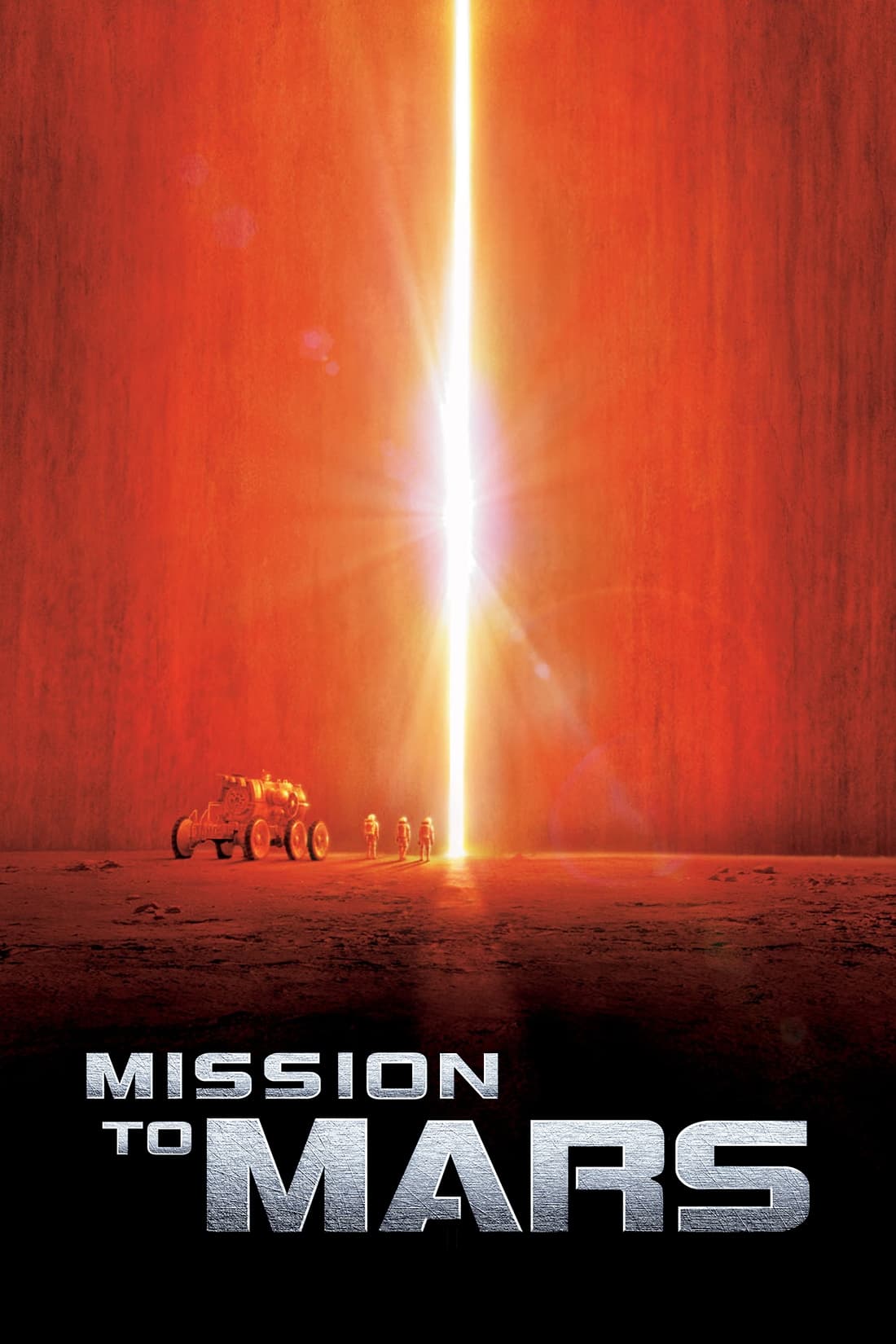
The movie depicts people surviving on Mars with very little protection from radiation and the cold. It doesn’t adequately address the challenges of dust storms or poor visibility during landing and navigation. While it mentions planetary protection, it downplays the risk of contaminating Mars with Earth life. Finally, the film suggests that ancient structures on Mars were built by Martians, despite a lack of geological proof.
‘Sunshine’ (2007)
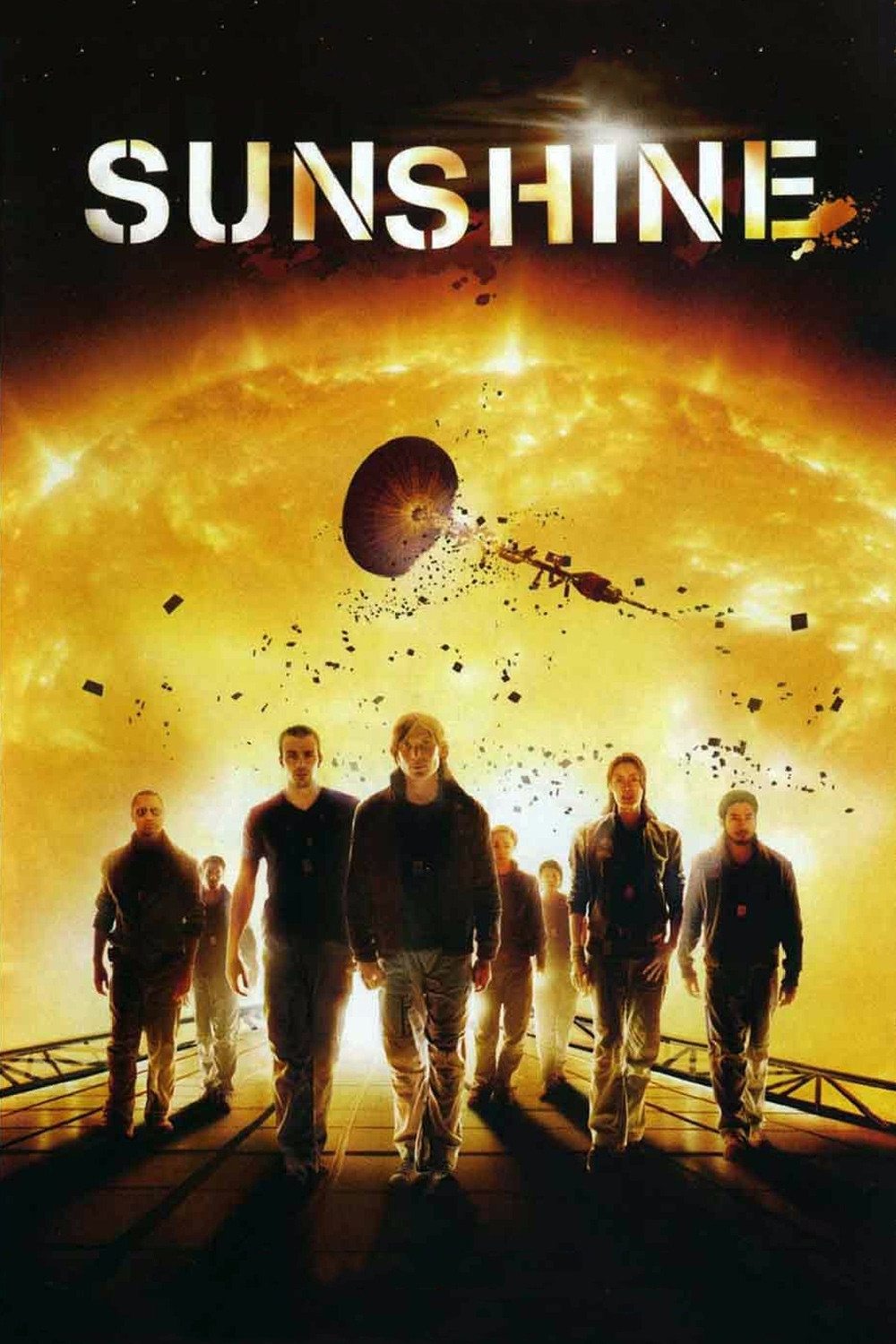
The idea of restarting the Sun using a bomb relies on the flawed assumption that fusion can be triggered in a specific spot. Actual fluctuations in the Sun’s energy don’t support this concept. Also, being close to the Sun’s surface would be immediately fatal without incredibly strong protection. The challenges of keeping spacecraft cool and getting rid of heat in space are also underestimated.
‘The Happening’ (2008)
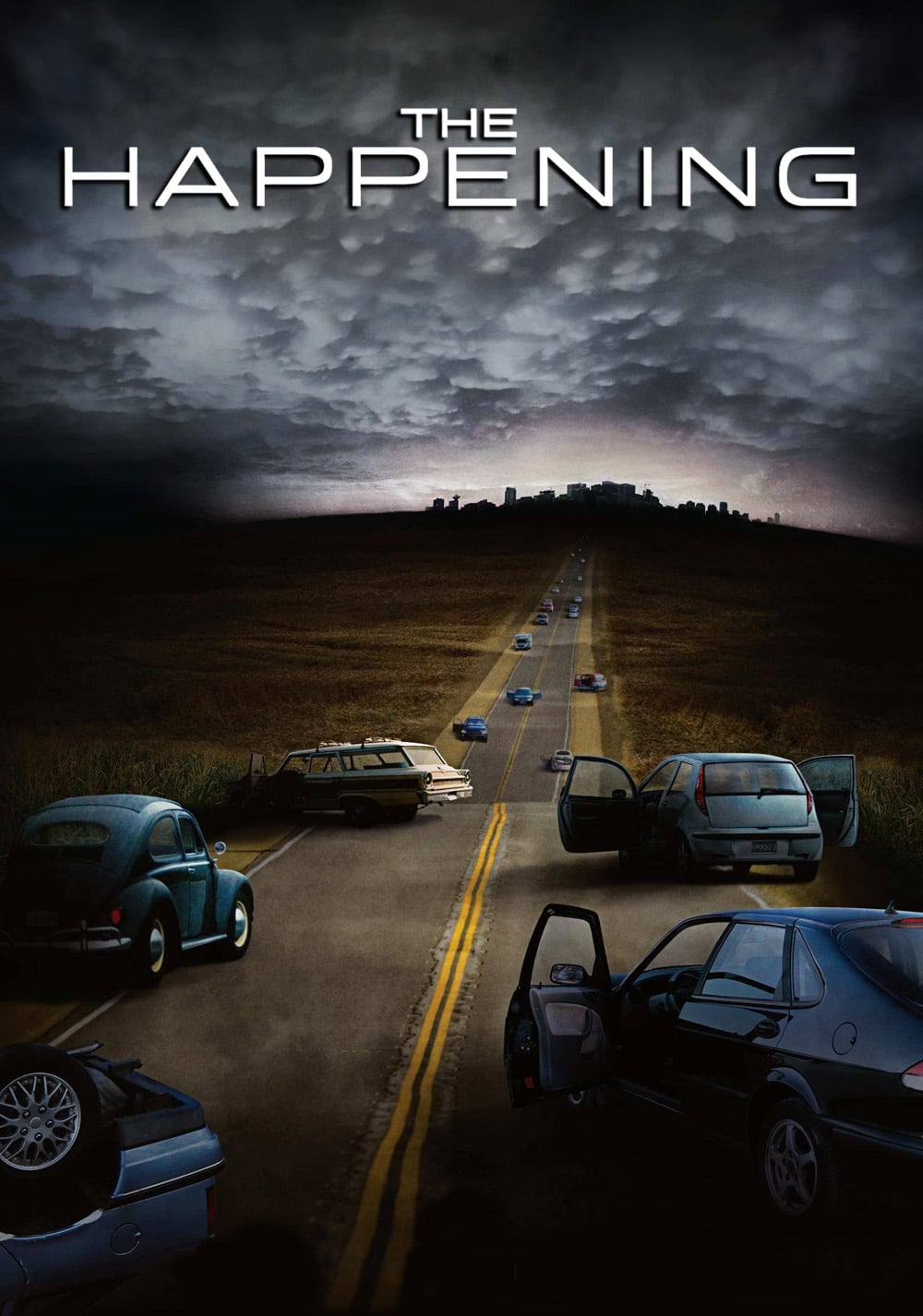
Plants are releasing a poison that quickly affects the entire city, even though there’s no clear way for it to spread so rapidly. People’s behavior changes instantly and in the same way, regardless of how much of the poison they’re exposed to or their individual health. The wind seems to be carrying the poison exactly when and where it’s needed for the story. The way the environment affects the poison isn’t realistic, but serves the narrative.
‘Venom’ (2018)

An alien life form bonds with humans immediately, without the body fighting it off. This gives the host increased strength and rapid healing, all without requiring extra energy. The host can also create weapons and change shape, seemingly defying the laws of physics. The alien can detach and reattach without harming the host’s body.
‘The Dark Knight Rises’ (2012)

Following a spinal injury, an unconventional treatment leads to surprisingly fast healing, exceeding typical medical expectations. The device used to stabilize the spine is shown with a basic countdown timer, as if controlling containment were a simple on/off process. Importantly, safety measures regarding radiation from the device aren’t considered during its transportation. The city’s emergency response is strained, with limited resources stretched thin during the crisis.
‘Skyscraper’ (2018)

Leaping between a crane and a tall building is far beyond what a human can physically achieve in terms of speed and distance. Fires in skyscrapers create smoke and heat that don’t match what’s shown on screen. The building’s fire safety systems, like sprinklers and vents, are made simpler for the characters to move through easily. The way glass breaks and its strength aren’t shown realistically.
‘Angels & Demons’ (2009)

The way antimatter is handled in the depiction – with so little containment – doesn’t match how it’s actually done in labs. The quantity shown would need far more energy than any current facility could generate. If an explosion of that size happened in a city, the resulting effects wouldn’t look like what’s shown. Also, the security measures and tracking of this material seem unrealistically simple.
‘Independence Day: Resurgence’ (2016)
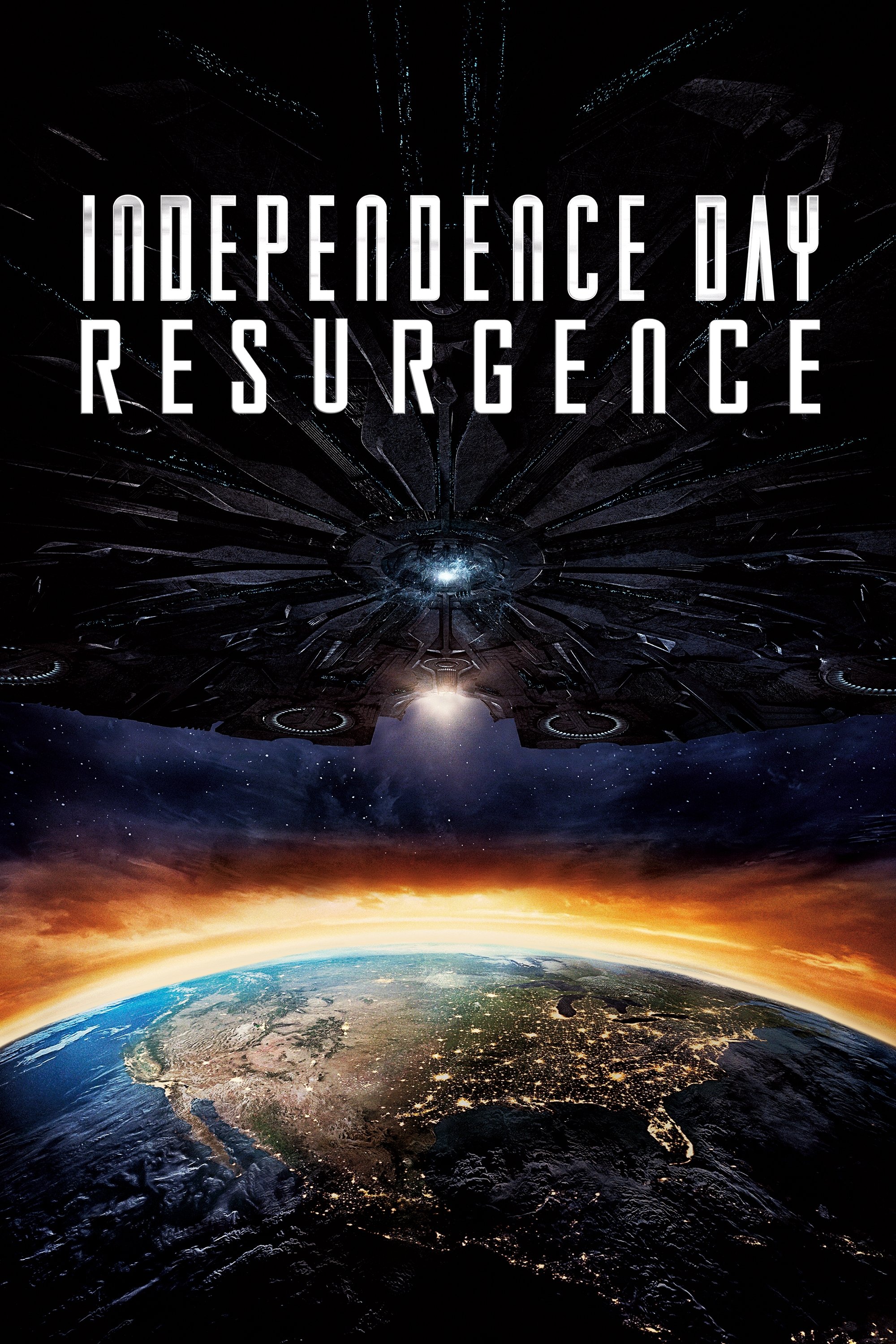
Massive, planet-sized objects are nearing Earth without causing the expected gravitational disturbances or changes to our orbit. Human technology suddenly advances by two decades to rival alien tech, but surprisingly works perfectly right away. Plans for evacuation and defense are rushed and happen much too quickly. And finally, the energy levels and effects of the final confrontation don’t match up with what we saw earlier.
Share the titles you would add to this list in the comments so we can keep the conversation going.
Read More
- Silver Rate Forecast
- Gold Rate Forecast
- Красный Октябрь акции прогноз. Цена KROT
- MSCI’s Digital Asset Dilemma: A Tech Wrench in the Works!
- Dogecoin’s Big Yawn: Musk’s X Money Launch Leaves Market Unimpressed 🐕💸
- Bitcoin’s Ballet: Will the Bull Pirouette or Stumble? 💃🐂
- Navitas: A Director’s Exit and the Market’s Musing
- Guardian Wealth Doubles Down on LKQ Stock With $1.8 Million Purchase
- Bausch Health’s Long March Through Debt
- Binance and Botim Money Join Forces: Crypto in the UAE Gets a Boost-Or Does It? 🚀
2025-10-14 17:18